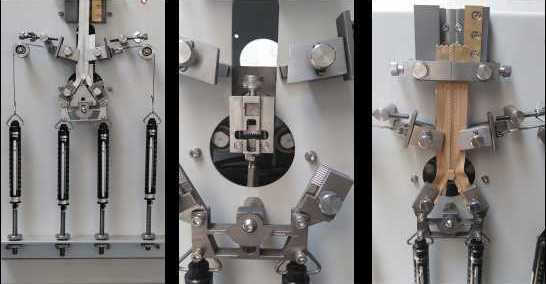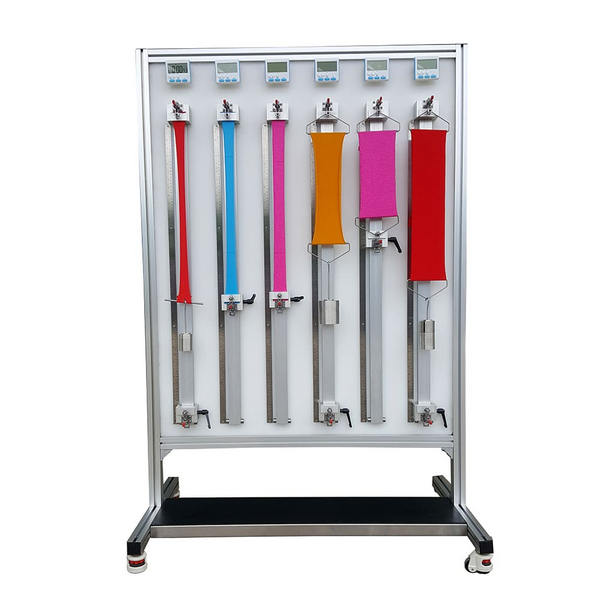- Qinsun Instruments Co., Ltd.
- Tell:+86-21-6780 0179
- Phone:+86-17740808215
- Address:No. 2578 Minhang District Gu Dai Road, Shanghai
- Contact:Mr. Li
- QQ:846490659
Precautions for using Durable Plastic Zipper Fatigue Tester

There are a few caveats to be aware of when testing with the Durable Plastic Zipper Fatigue Tester. Here are some suggestions:
1. Qualified training for instrument operators:
Make sure that personnel using the Durable Plastic Zipper Fatigue Tester have received relevant training and are familiar with the instrument's operating methods and safety procedures. Operators should understand the capabilities and limitations of the instrument and be able to properly use and maintain the equipment.

2. Comply with safe operating procedures:
When using the Durable Plastic Zipper Fatigue Tester, the operator should follow all relevant safety operating procedures and precautions. This includes wearing appropriate personal protective equipment such as safety glasses, gloves and goggles.
3. Correct installation and alignment:
Ensure that equipment is properly installed and calibrated to ensure the accuracy and reliability of test results. Equipment should be installed in accordance with the manufacturer's guidelines and requirements, and all connections and fixing points should be checked for firmness.
4. Sample selection and preparation:
Choose a suitable plastic zipper sample and prepare it according to relevant standards or requirements. Note that the quality and size of the sample should meet the test requirements, and ensure that there are no obvious flaws or damage on the surface of the sample.
5. Test parameter setting:
Set the appropriate test parameters according to the test requirements, such as the number of cycles, speed, load, etc. Make sure these parameters are relevant to the desired test result and application.
6. Observe the test process:
Watch the zipper behavior closely during the test for unusual noises, sudden breaks, or jams. Promptly document and report any observed issues for analysis and troubleshooting.
7. Regular maintenance and calibration: Periodically maintain and calibrate the Durable Plastic Zipper Fatigue Tester to ensure its normal operation and reliability. Follow the manufacturer's maintenance guidelines and keep the unit clean and tidy.
8. Data recording and analysis:
Record the relevant data of each test, such as the number of cycles, time-consuming, etc. The test results are analyzed and compared with previous test data to evaluate the durability and performance of the sample. Ensure data preservation and archiving for reference and analysis.

9. Pay attention to the ambient conditions:
Keep the test environment clean and dry to avoid the influence of dust, moisture or other pollutants on the test results. Control temperature and humidity to ensure the accuracy of test results.
10. Compliance Verification:
Before carrying out fatigue testing of durable plastic zippers, ensure that the test equipment complies with the relevant standards and specifications. Verify instrument accuracy and compliance to ensure reliable and trustworthy test results.
These precautions are designed to ensure accurate and reliable results and to protect the safety of workers when using the Durable Plastic Zipper Fatigue Tester. Following these recommendations will help improve the efficiency and quality of testing and ensure the reliability and durability of your test instruments.





